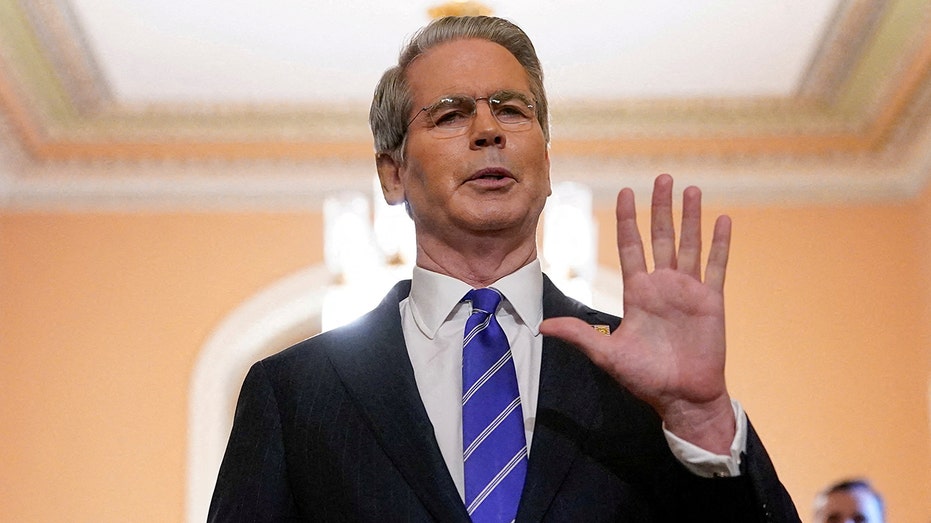Last Term, the U.S. Supreme Court decided Jack Daniel’s v. VIP Products — a case involving interaction between the Lanham Act and the First Amendment. This article traces the lower courts’ reactions to and applications of that decision.
The Jack Daniel’s Decision
At the core of the Jack Daniel’s case last Term lay the potential for a shift in U.S. Trademark law. For over 30 years, lower courts had applied a test — called the Rogers test — to balance First Amendment interests against Lanham Act rights. In the name of free expression, the Rogers test exempted from the Lanham Act artistically relevant uses of trademarks in expressive works so long as the use was not expressly misleading. The test was first announced by the Second Circuit, but every other federal circuit court of appeals to address the issue adopted the test in some form. The result was to screen out — often at the initial stages of a case — certain Lanham Act claims against “expressive” works. But the Supreme Court had never addressed the issue. And Jack Daniel’s (in a dispute over the purported parody dog toy “Bad Spaniels”) asked the Court to abrogate Rogers. As I pointed out last May, after argument, the justices’ questioning suggested that Rogers was unlikely to survive unscathed. See, “The First Amendment and the Lanham Act At the Supreme Court.”








